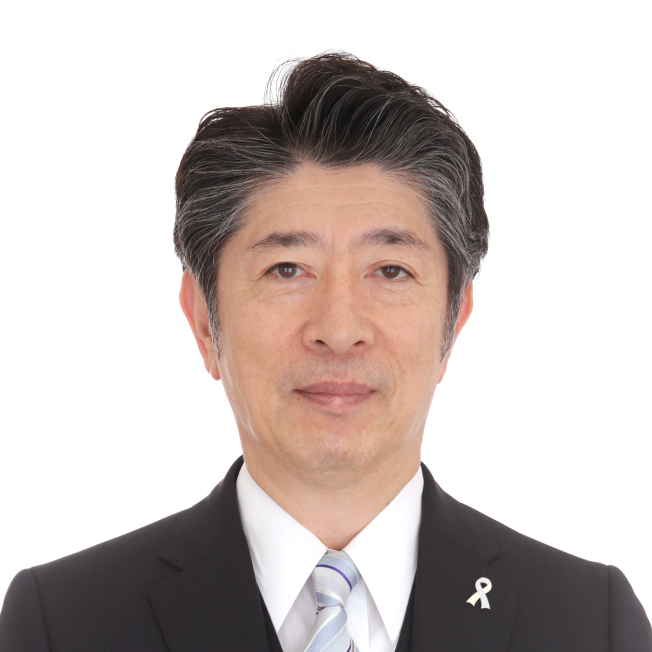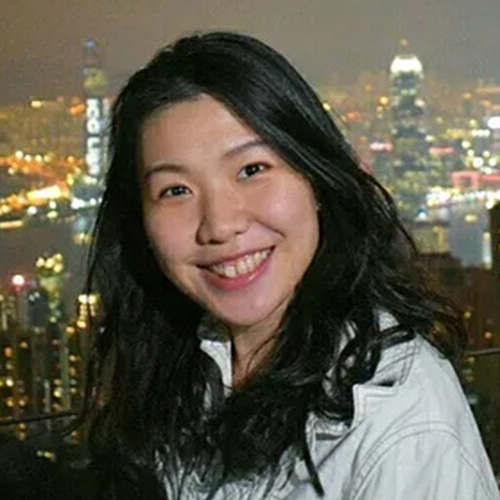
Education&ScienceWebinars
Respiratory Structure and Function Assembly Symposium
Saturday 21 November 2020
- 16:00-17:45 (UTC+9)
This webinar has ended.

Chairs

Dr Hajime Kurosawa
Assembly Head

Dr Greg King
Assembly Head-Elect

Dr Tsuyoshi Oguma
Assembly Deputy Head
Programme

Dr Yoichi Nakanishi
Introduction
APSR President

Prof. Alberto Papi
Exploring The Small Airway Disease
the AVM’s main presentation, by Prof. Alberto Papi, St. Anna University Hospital, Ferrara, Italy

Dr Naoya Tanabe
Disproportionally impaired diffusion capacity relative to airflow limitation in COPD
Department of Respiratory Medicine, Graduate School of Medicine, Kyoto University, Japan
Winner of a Silver Award for this symposium

Dr Tomohiro Handa
Quantitative Analysis of Chest Computed Tomography in Idiopathic Pulmonary Fibrosis: Parenchymal Analysis on a Regional Basis
Department of Advanced Medicine for Respiratory Failure / Department of Respiratory Medicine, Graduate School of Medicine, Kyoto University, Japan
Winner of a Silver Award for this symposium

Dr Joan P Y Sim
Investigation of airway oscillometry indices in post-lung transplantation: a cross-sectional assessment
St. Vincent’s Clinical School, University of New South Wales, Faculty of Medicine, Sydney, Australia
Winner of the Gold Award for this symposium

Summary
by the APSR Respiratory Structure and Function Assembly leadersDr Hajime Kurosawa, Assembly Head
Dr Greg King, Assembly Head-Elect
Dr Tsuyoshi Oguma, Assembly Deputy Head
Questions for panelists and their responses
what the role of pharmacy in asthma?
Dr Alberto Papi responds:
Not sure I undersood the question. Generally speaking, yes it has an imporant role
Do you think extra fine formulations are more forgiving in terms of inhaler technique errors
Dr Alberto Papi responds:
Thanks. Yes, you are right. The longer duration of the cloud generated by extrafine-devices and the reduced speed of the plume favor a better coordination betwen inahation manouver and actuation of the device. Thus it makes the coordination simpler and overall forgiving some degree of “suboptimal use” of the device
Thank you for nice presentation Dr Pappi. What do you recommend to monitor SAD response to inhaler therapy in individual patients
Dr Alberto Papi responds:
Any tool you can use. Preferentially Oscillomentry. But Mid Flows would do and other Lung functon parameters such as RV. All of the with give a piece of information on small airways. The combinnationnis best!
Any evidence of usage for BDP/FF as regular + PRN therapy?
Dr Alberto Papi responds:
Yes the MART study has tested BDP/FF maintenance and reliever in asthma. PapiA et al Lancet Resp Med 2013
Would airway exercise regime help in SAD?
Dr Alberto Papi responds:
Thanks. Good question. No specific data on this. The efficay of extrafine BDP/FF has been studied in prevention of methacholine induced bronchoconstriction (MART1 study). Which indirectly provided some responses. But it is something it should be studied. Good suggestion!!
do we need to assess SAD for all our patients? or at certain point or patients?
Dr Alberto Papi responds:
I wuold do at the initaition of the treatment/charaterization. And at follow up to see the changes in realtion to treatment effects/efficay
There is a belief that the SAD is already destroyed in patient with advanced COPD and therefore there is no rationale in targeting it.
Dr Alberto Papi responds:
Thanks. It is a belive. But edicence indicate that a proportion of alterations in peripheral airways is sensitive to antinflammatory treatmemt. Inlammation is presente in peripharal aiways in COPD (Hogg 2004) and its severity increases with the severity of the airflow limitation (Hogg NEJM). Clinical evidence indicate that with extrafine formulations we can improve lung function paramaters (eg reduced RV) and improve clinical outcomes (eg Dyspnea) more effectively than equipotent doses on non extarfine compounds.
what are the Preventive measures/treatment guidelines if any, for Early Airways Remodelling?
Dr Alberto Papi responds:
Early Diagnosis and early treatment. This is one of the reason why new GINA include ICS (though as needed) also in step 1
What is apropriate strategy regarding secondary infection and Antibiotic use among covid-19?
Dr Tufik Assad responds:
There is no clear answer to this question. I would suggest maintaining a high index of suspicion, and considering bacterial infection in all patients with COVID-19 with a change in sputum production, new fevers, worsening infiltrates/oxygenation. Empiric antibiotic use comes with risks, so I suggest testing as often as you have a clinical suspicion with culture and/or the BioFire panel if available.
What is the typical features of Non tuberculosis infection? The investigation? Do you have cases coexisted with COVID 19?
Dr Tufik Assad responds:
I’m not sure what is meant by “non-tubercolosis infection” or what is meant by “the investigation”. Non-tuberculous mycobacterial (NTM) infection? Or all non-tubercolosis infections? The features of respiratory infections IN GENERAL are fevers, chills, cough, fatigue, etc. NTM infections tend to have similar symptoms, although present more insidiously. Weight loss is also more common. We have seem many cases of bacterial co-infections with COVID-19, and I have heard of reports of fungal co-infection (particilarly aspergillus infections). I have neither seen nor heard of NTM co-infections with COVID-19.
Do you think your findings can be applied to bronchiolitis obliterans after hematopoetic stem cell transplantation?
Dr Alberto Papi responds:
Good point. It should be tested. But the rationale is there. Definitely something worth exploring in the future. But as of now, I wouldn’t say my findings can be directly applied to this patient population.




